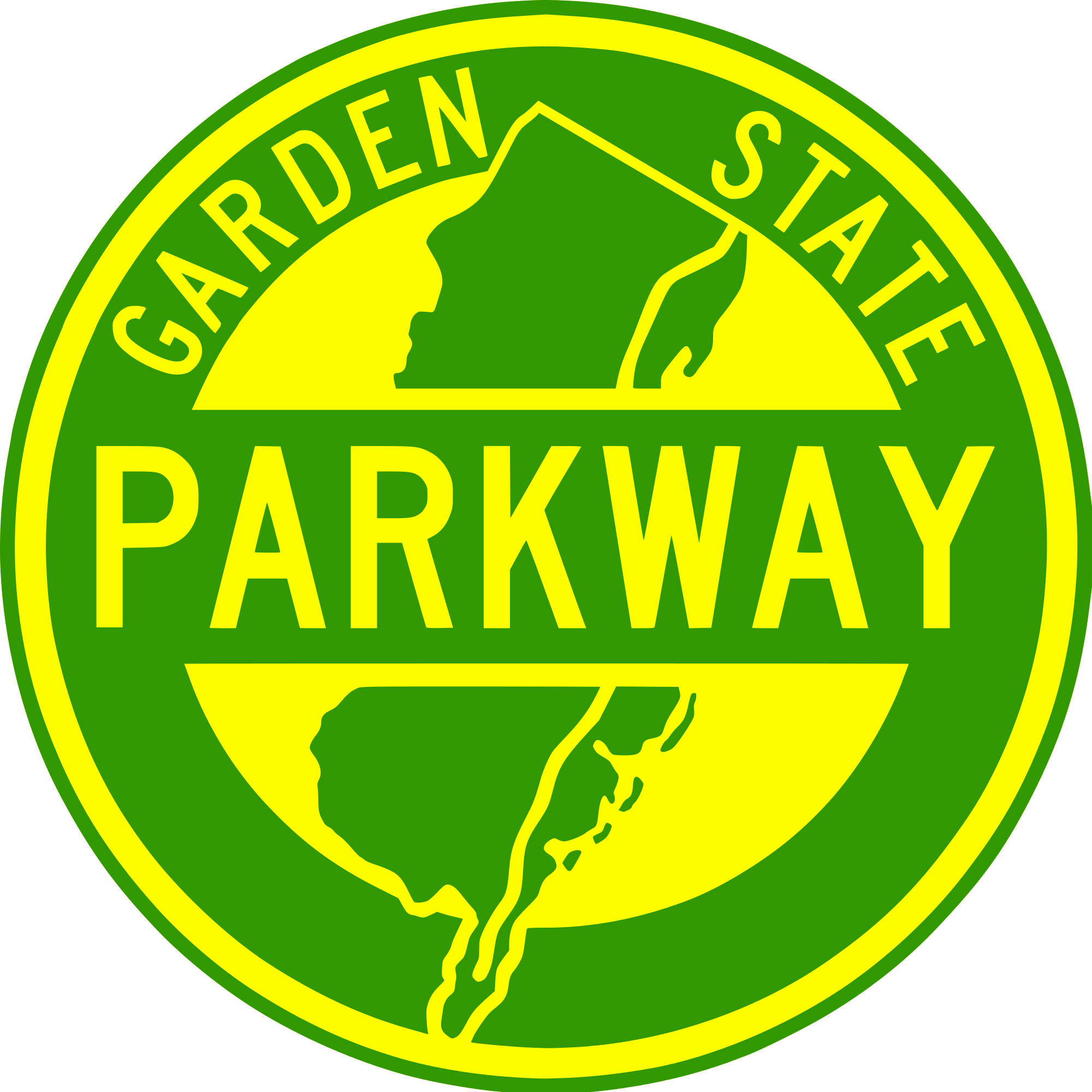WEST CAPE MAY– A new municipal hall, a eco-tourism area with kayak rentals along Cape Island Creek and replacing the 7-11 store with a three story building were some of the recommendations architecture and planning students from Rutgers presented at a special town meeting here Dec. 10.
A mile away in Cape May, a similar presentation with Temple University architecture students was taking place. (See related story).
Students from the Edward J. Bloustein School of Planning and Public Policy created a 164 page document and a PowerPoint presentation covering the sustainability of West Cape May in the future. The plan looked at environmental, economic and social issues.
One wrench in the works for the borough could come from global warming and rising sea levels.
Student Chris Plascenia said showed a map for 50 years in the future depicting a low sea level rise scenario which spared most of West Cape May, although Elmira Street into Cape May would be permanently under water as well as wetlands along Sunset Boulevard.
For 50 years in the future with a high sea level rise scenario, the area of Sunset Boulevard and Pacific Avenue would be permanently under water as well as the Fow Tract and wetlands along Sunset Boulevard.
A global warming projection for 50 years in the future with a low sea level rise scenario combined with a storm in the 30-year intensity category would flood most all of West Cape May on a temporary basis, said Plascenia.
Student Katharine Otto praised the borough’s preserved farmland and farms. She suggested increasing the proportion of alternative energy sources, achieving a 20 percent reduction in the borough’s carbon footprint by 2020.
The report agrees with the borough’s master plan that a greenway should be created linking all West Cape May’s open space, natural features and preserved lands.
The reports encouraged creation of an Eco-Park along the banks of Cape Island Creek, off Park Boulevard with trails, boardwalks and kayaking.
Student Matthew Ward noted West Cape May was a five minute walk to existing parking lots in Cape May. He suggested an area of homes on West Perry Street between the antique store and Higher Ground Café be redeveloped for multi-story, mixed use buildings with retail on the ground floor with residential use or offices on the second floor.
Ward suggested a circle be built in the Park Boulevard/West Perry intersection, referred to as the CVS intersection by locals. He suggested diagonal parking on West Myrtle Avenue and West Perry Street which would require the unlikely scenario of the county making the street one way.
He said East Myrtle Avenue could also accommodate diagonal parking.
The report suggests the 7-11 store at the corner of Broadway and Sunset Boulevard be replaced with a three and one half story, 8,000 square foot building combining retail on the ground floor, visitor information, public restrooms and exhibition space. Upper floors would be used for offices or residences, said Ward.
He suggested encouraging owners of the Park Center and Cape May Lumberyard on Park Boulevard to rebuild as multi-story, mixed use development. The lumberyard site would make a good location for a visitor center for an Eco Park, said Ward, connecting to boardwalks.
Otto said new buildings could be built following the natural life cycle of properties, when properties go up for sale 10, 20 or 30 years in the future.
Student Kate Lawrence said current property owners may want to convert their buildings into something that would produce more revenue.
She suggested a new borough municipal complex. Lawrence described the current municipal complex as out of character with the Broadway Commercial Historic District.
She suggested putting up a new building in the 75- foot setback from the street in front of the firehouse and having fire trucks exit from the rear of the firehouse.
The report suggested a new municipal building of three stories with a first floor of 5,200 square feet of leasable space, second and third floors with room for 10 apartments with two car garages.
“It’s about leveraging the assets you have now so that you can do future projects,” said Lawrence.
Plascenia said the recommendations focused growth in areas of the borough has selected: Broadway, West Perry Street, Broadway/Sunset Boulevard intersection and Park Boulevard.
“So 125 years after the borough’s founding, we want to make sure that the borough is using its resources as sustainably, as intelligently as possible, so future generations will be able to continue to enjoy this place either as full time residents, part time residents or visitors,” said Plascenia.
Borough Commissioner Peter Burke called the Rutgers report a “vision of a possibility.” He said the borough was not proposing eminent domain anytime in the future, if ever.








